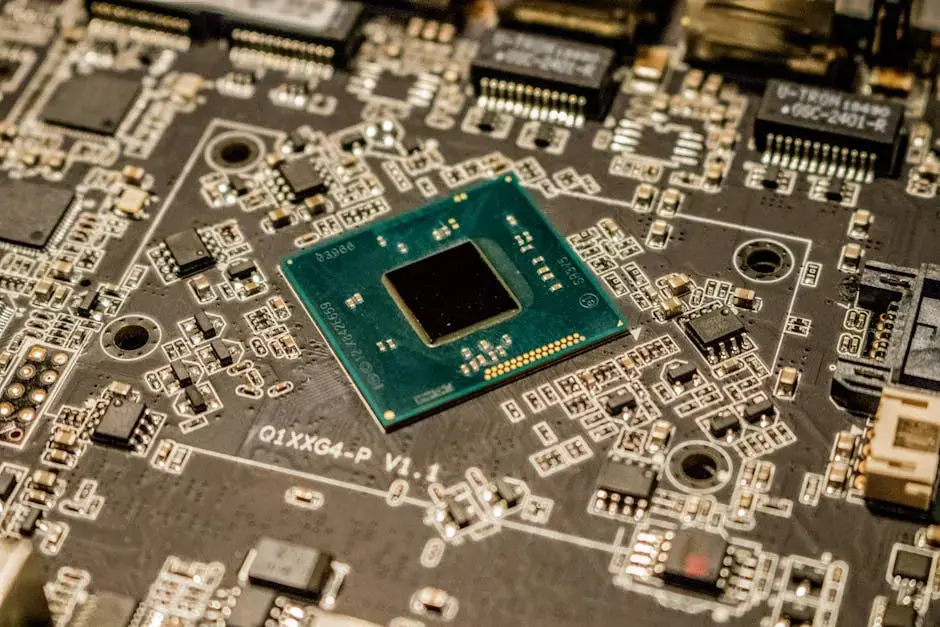The Role of Predictive Maintenance in the Pharmaceutical Industry's Success
- AAAPlus Automation
- Apr 16, 2024
- 4 min read
Introduction to Predictive Maintenance
Predictive maintenance is a proactive approach used by the pharmaceutical industry to anticipate equipment failures before they occur. By analyzing data from machines, predictive maintenance helps prevent unexpected downtime and saves companies money in the long run. It ensures machines are running efficiently, reduces maintenance costs, and extends equipment lifespan.

Importance of Predictive Maintenance in Pharmaceuticals
Predictive maintenance is crucial in the pharmaceutical industry as it helps prevent equipment failures before they occur. This proactive approach minimizes downtime, reduces costs, and ensures continuous production. By using data and analytics to monitor equipment health, pharmaceutical companies can schedule maintenance at optimal times, maximizing efficiency. Predictive maintenance also contributes to maintaining a high level of quality and compliance with regulatory requirements, ultimately supporting the industry's success.
Benefits of Implementing Predictive Maintenance
Implementing Predictive Maintenance in pharmaceutical industries offers various advantages. Here are some key benefits:
Increased Equipment Uptime: Predictive maintenance helps in detecting issues before they lead to breakdowns, reducing downtime.
Cost Savings: By addressing potential problems early, companies can save money on repairs and replacements.
Improved Product Quality: Maintenance predictability ensures the equipment functions optimally, contributing to higher quality products.
Enhanced Safety: Predictive maintenance minimizes the risk of accidents caused by equipment failures.
Extended Equipment Lifespan: Regular monitoring and maintenance can prolong the lifespan of machinery, saving on replacement costs.
Predictive Maintenance plays a critical role in ensuring the smooth operation of pharmaceutical processes and enhancing overall productivity
Key Technologies Used in Predictive Maintenance
You will find various technologies used in predictive maintenance in the pharmaceutical industry. Vibration analysis is a common method that monitors machine health by detecting irregularities in equipment vibrations. Infrared thermography helps identify hot spots in machinery, indicating potential issues. Another vital technology is Ultrasound testing, which detects changes in sound frequencies that can point to machinery faults. Oil analysis is also crucial, as it examines oil samples to detect any signs of equipment wear and tear. Acoustic emission testing is used to pick up acoustic signals emitted by machinery to pinpoint potential problems.
Data Analytics and Predictive Maintenance
In the pharmaceutical industry, data analytics plays a crucial role in predictive maintenance. By analyzing data, companies can predict when equipment might fail, allowing them to schedule maintenance in advance. This proactive approach helps prevent unexpected downtime, saving time and money. Data analytics also enables companies to optimize maintenance schedules, ensuring equipment operates efficiently. Overall, predictive maintenance, supported by data analytics, is a key factor in the pharmaceutical industry's success.
Case Studies on Predictive Maintenance in the Pharmaceutical Industry
Case studies are powerful tools that showcase real-world examples of how predictive maintenance benefits the pharmaceutical industry. Through these studies, pharmaceutical companies can see firsthand how implementing predictive maintenance strategies has led to improved equipment reliability, reduced downtime, and increased overall efficiency. By analyzing these specific cases, industry professionals can gain valuable insights into the practical applications and outcomes of predictive maintenance in pharmaceutical settings.
Challenges Faced in Adopting Predictive Maintenance
Implementing predictive maintenance in the pharmaceutical industry can be challenging due to various factors. One key challenge is the high initial cost associated with setting up the necessary technology and infrastructure. Additionally, pharmaceutical production environments are complex and highly regulated, requiring careful planning and coordination to integrate predictive maintenance seamlessly. Data security is another concern, as the industry deals with sensitive information that must be protected. Ensuring employee buy-in and training them to utilize predictive maintenance tools effectively is crucial for successful implementation. Lastly, since the pharmaceutical sector operates 24/7, finding the right time for maintenance without disrupting production schedules can be a logistical challenge.
Strategies for Successful Implementation of Predictive Maintenance
To successfully implement predictive maintenance in the pharmaceutical industry, start by establishing clear goals for what you want to achieve with this strategy. Make sure to gather data from your equipment and processes to understand their current state better. Identify the key performance indicators that will help you track the effectiveness of your predictive maintenance program. Collaborate with cross-functional teams to ensure all departments are aligned with the implementation plan. Regularly monitor and analyze the data collected to make informed maintenance decisions. Prioritize training your staff on the new processes and technologies involved. Make sure to regularly review and refine your predictive maintenance strategy to optimize its effectiveness in the long run.
Training and Skill Development for Predictive Maintenance Teams
Training and skill development are crucial for the success of predictive maintenance teams in the pharmaceutical industry. By providing regular training sessions and opportunities for skill enhancement, companies can ensure that their teams are equipped with the necessary knowledge and expertise to effectively implement predictive maintenance strategies. This continuous learning approach allows team members to stay up-to-date with the latest technologies and methodologies in predictive maintenance, ultimately enhancing the efficiency and reliability of pharmaceutical manufacturing processes.
Future Trends in Predictive Maintenance for Pharmaceuticals
Predictive maintenance is evolving in the pharmaceutical industry to improve efficiency and save costs. Here are some future trends to watch out for:
IoT Integration: More pharmaceutical companies are incorporating Internet of Things (IoT) technology to monitor equipment in real-time.
Predictive Analytics: Advanced software is being used to analyze data and predict potential machine failures before they occur.
Machine Learning Algorithms: These algorithms are becoming more sophisticated in identifying patterns and abnormalities in pharmaceutical production equipment.
Remote Monitoring: Remote monitoring of equipment health is gaining popularity, allowing for proactive maintenance from anywhere.
AI-Based Solutions: Artificial Intelligence is being utilized to optimize maintenance schedules and predict maintenance needs accurately.
These trends indicate a shift towards proactive maintenance strategies that enable pharmaceutical companies to ensure smooth operations and reduce downtime.







コメント